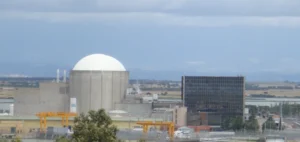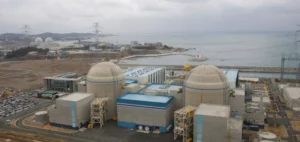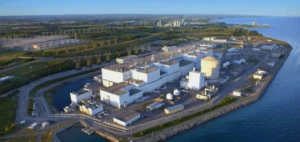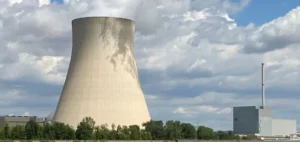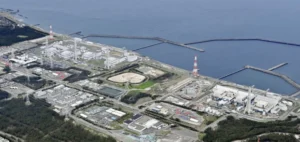Tuesday night saw the final adoption of the nuclear reform by the Senate, with 233 votes in favor to 109 against. “The reform will speed up the construction of new reactors,” said RN MP Nicolas Dragon, justifying the U-turn by his party, which had previously rejected the measure.
Details of the merger and its implications
The merger of ASN and IRSN creates the Autorité de sûreté nucléaire et de radioprotection (ASNR), which will be operational in 2025. “With this text, we are enabling our talents to focus on priority safety issues, while maintaining our requirements in this area,” explained Roland Lescure, Minister of Industry. However, the unions are voicing their concerns, arguing that “IRSN dismantled, safety at risk,” during demonstrations against the merger.
Political reactions and criticism
Detractors of the reform, such as Benjamin Saint-Huile and Communist MP Sébastien Jumel, are highly critical of the reform. “It’s catastrophic or very enlightening about your incompetence,” Saint-Huile challenged RN, while Jumel pointed out that the project “doesn’t respond to any technical or scientific justification.”
Impact on expertise and independence
Rapporteur Jean-Luc Fugit from Renaissance and Socialist MP Anna Pic discussed the implications of the project for expertise and independence. Pic criticized the possibility that “the same agent could act as an expert on one file one week, then take on the role of decision-maker on another the following week,” casting doubt on the effective separation of functions.
Future prospects and monitoring
The new ASNR will be under close supervision. “The single authority will be watched like milk on the fire,” promises Fugit, assuring that the draft internal regulations will be presented to parliamentarians, a measure aimed at maintaining the transparency and integrity of the entity.
The merger of France’s nuclear safety authorities brings significant changes to nuclear safety management, with promises of greater efficiency and fears of compromised independence.









